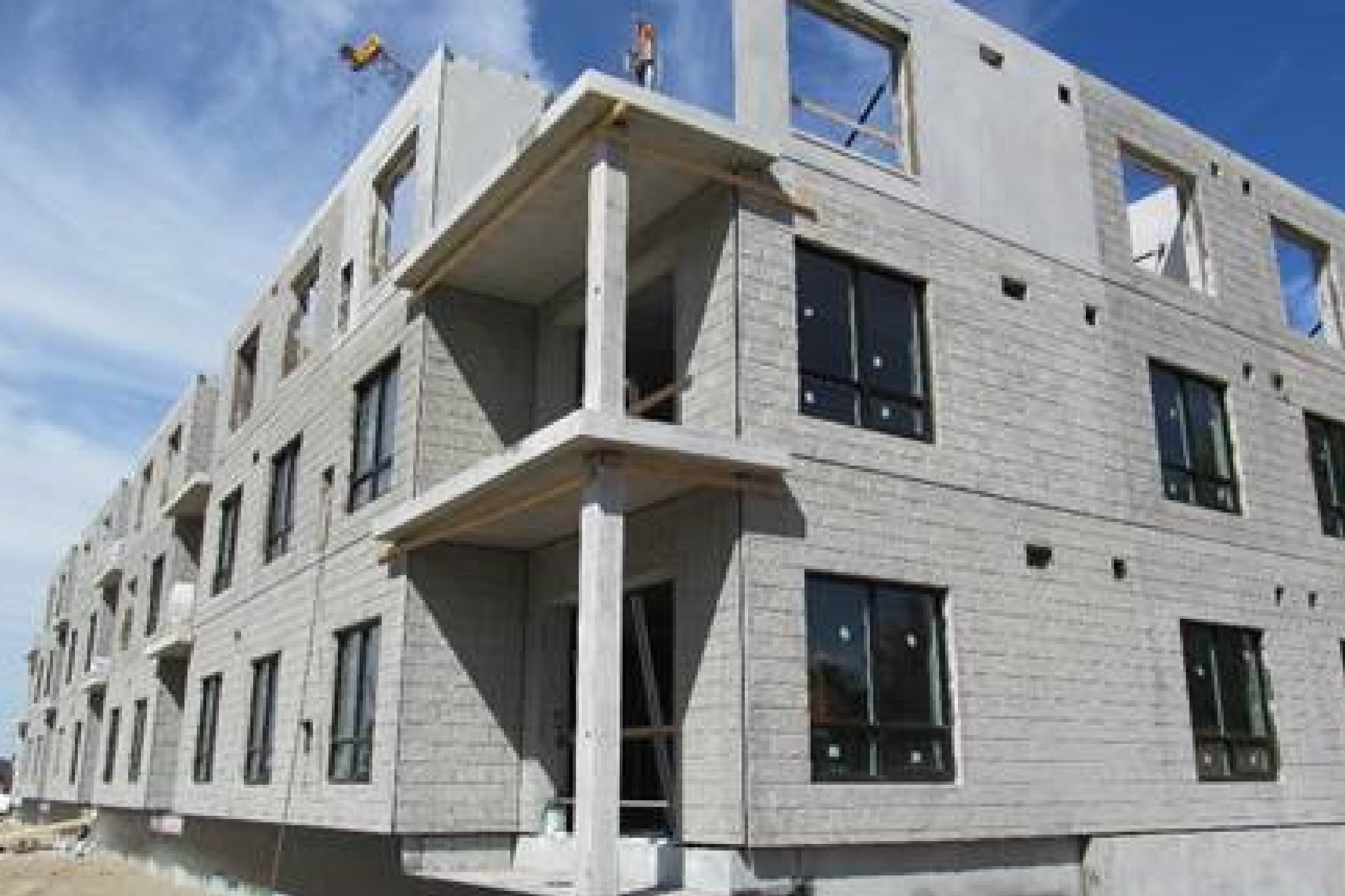The future of cement in construction
By Edit Team | December 22, 2023 5:06 pm SHARE

The construction sector emerges as the cement market’s crucial ally, creating the fundamental basis for innovation and growth.
The cement market’s expansion, especially in India, is more than simply a statistical anomaly; it is a vigorous collaboration between the construction sector and the backbone material of their trade. Given that the cement market is expected to grow at an astounding rate of 9.05 percent CAGR and reach USD 49.24 billion by 2029, it is critical to investigate how this explosion is closely linked to the ever-changing construction sector.
Cement as the epicentre
Cement plays a foundational role in construction, at the core of this mutually beneficial relationship. Cement is a material that joins stones, bricks, and tiles together to form the sturdy buildings that support our lives. The construction sector largely relies on cement’s many uses due to its wide range of residential, commercial, and infrastructural projects. Cement is the main building material used in the construction industry, from massive infrastructure projects to residential homes.
Infrastructure surge
The increasing demand for infrastructure projects is directly responsible for the cement market’s recent rise. Cement market growth is mostly driven by initiatives such as ‘PM Gati Shakti – National Master Plan (NMP)’. Cement is a major component of the construction sector in charge of large-scale projects like public buildings, railroads, airports, and highways. It is the lifeline because it provides the resilience needed to build long-lasting infrastructure.
Residential renaissance
When building residential spaces, cement is essential for meeting the demands of urbanisation, population expansion, and increasing economic conditions. Contemporary, aesthetically beautiful, and technologically sophisticated buildings are made possible by cement, which guarantees structural strength,endurance, and adaptability for various architectural concepts. Its earthquake resilience and durability are crucial for protecting inhabitants in seismically active areas.
Meeting growth challenges
Challenges accompany expansion, and one of the biggest ones facing the construction sector is the requirement for sustainable practices and compliance with environmental laws. Innovations in technology are the result of the response. Greener construction practices are developing due to environmental awareness and the need for sustainable cement formulations. The cement market’s growth potential depends on the industry’s ability to adopt these advances.
The affordability of cement prices in India is a critical factor contributing to increased consumption, especially in rural housing. The construction industry, by leveraging the cost-effectiveness of cement, contributes to inclusive development. The democratisation of construction materials ensures that even remote areas can benefit from the strength and durability that cement brings to structures.
Employment generation and economic impact
A notable increase in construction activity results from the cement market’s growth, which creates many work opportunities. Due to its labour-intensive nature, the construction industry plays a significant role in creating jobs. Demand for skilled and unskilled labour is higher in construction-related sectors, promoting economic inclusion. Economic growth is propelled by the mutually beneficial link between the cement market and the construction industry. The nation’s overall economic prosperity is enhanced by infrastructure development, driven by government efforts and the growing demand for contemporary residential and commercial areas. India’s status as a cement production hub is further reinforced by its efficient use of abundant raw materials.
Innovation and Future Outlook
The construction industry and the cement market have an advantageous relationship strengthened by government initiatives like creating smart cities. The emphasis on developing technologically sophisticated and networked metropolitan areas necessitates significant building, which fuels cement consumption. The prospects of both businesses are shaped by the use of cutting-edge construction techniques and the creation of intelligent infrastructure.
The future of the construction industry’s relationship with the cement market hinges on its ability to balance growth with sustainability. Innovations in sustainable cement formulations, cleaner production methods, and adopting eco-friendly construction practices are essential for navigating regulatory challenges and meeting environmental goals. The construction industry’s commitment to sustainable growth will ensure its symbiotic relationship with the cement market and contribute to a more resilient and environmentally conscious built environment.
Crafting the future of construction excellence
The story of the construction industry and the growth of the cement market are intertwined, building success and setting the groundwork for a solid and sustainable future. Given that the building industry is the primary driver of cement consumption, both sectors’ futures will be shaped by their capacity to adapt to new technologies and sustainable business practices. Together, they create the future not just with physical structures but also with the hope of advancement and a stronger, more connected global community. This complex tango between the best construction practices and a thriving cement market defines the plan for an ambitious tomorrow.
Cookie Consent
We use cookies to personalize your experience. By continuing to visit this website you agree to our Terms & Conditions, Privacy Policy and Cookie Policy.




































-20240213125207.png)

























